Dartmoor Building, Derriford Hospital
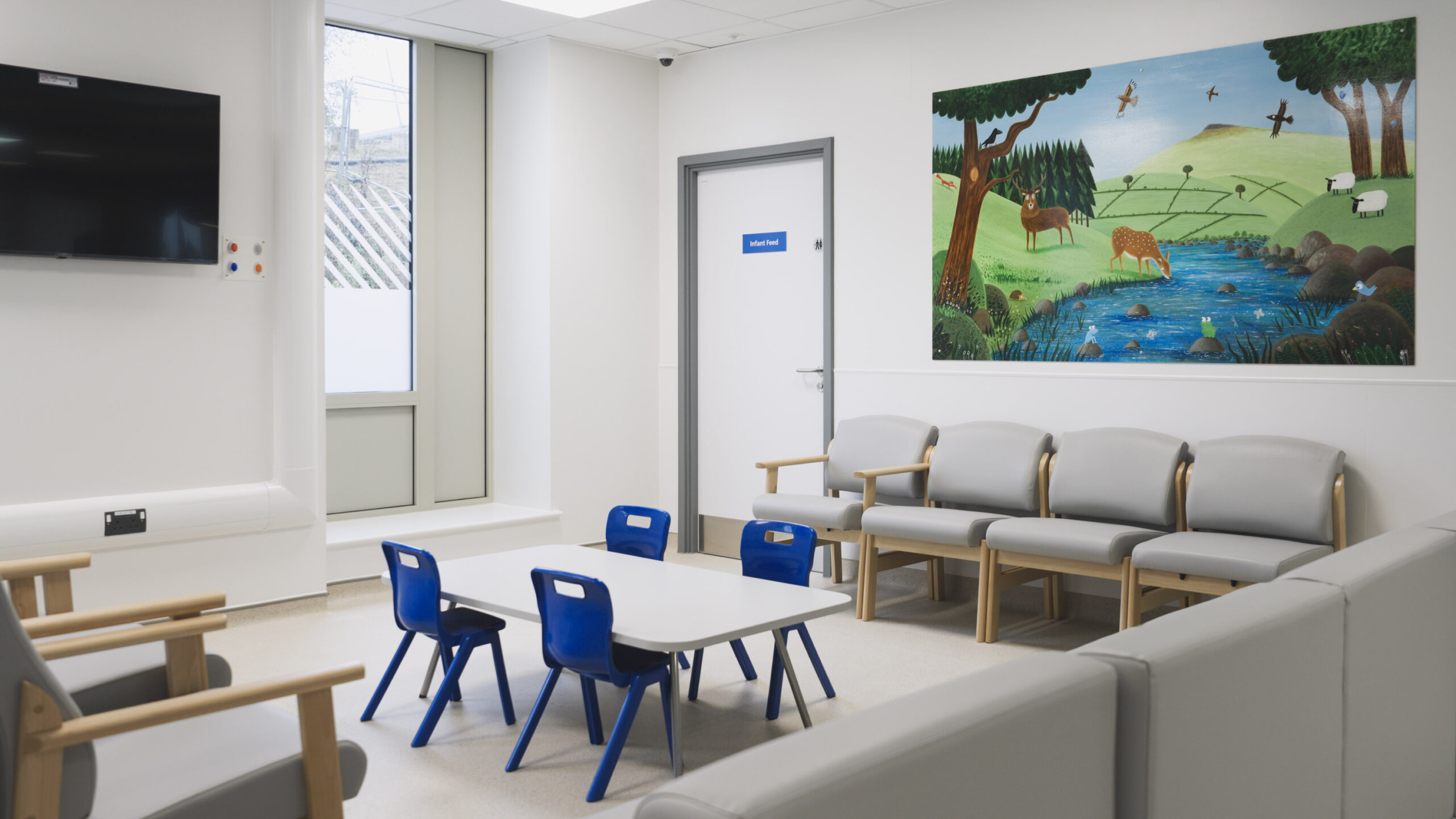
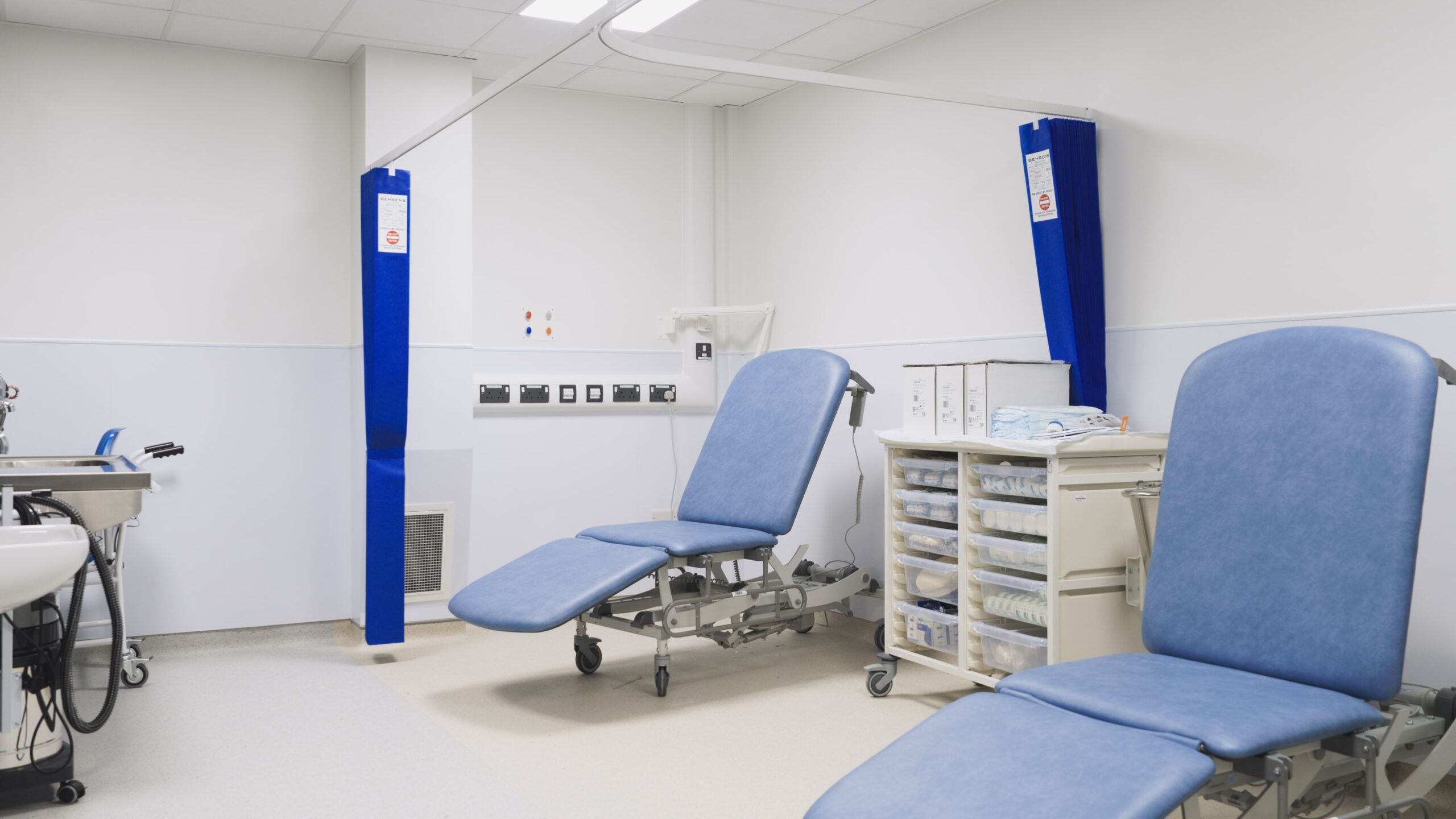
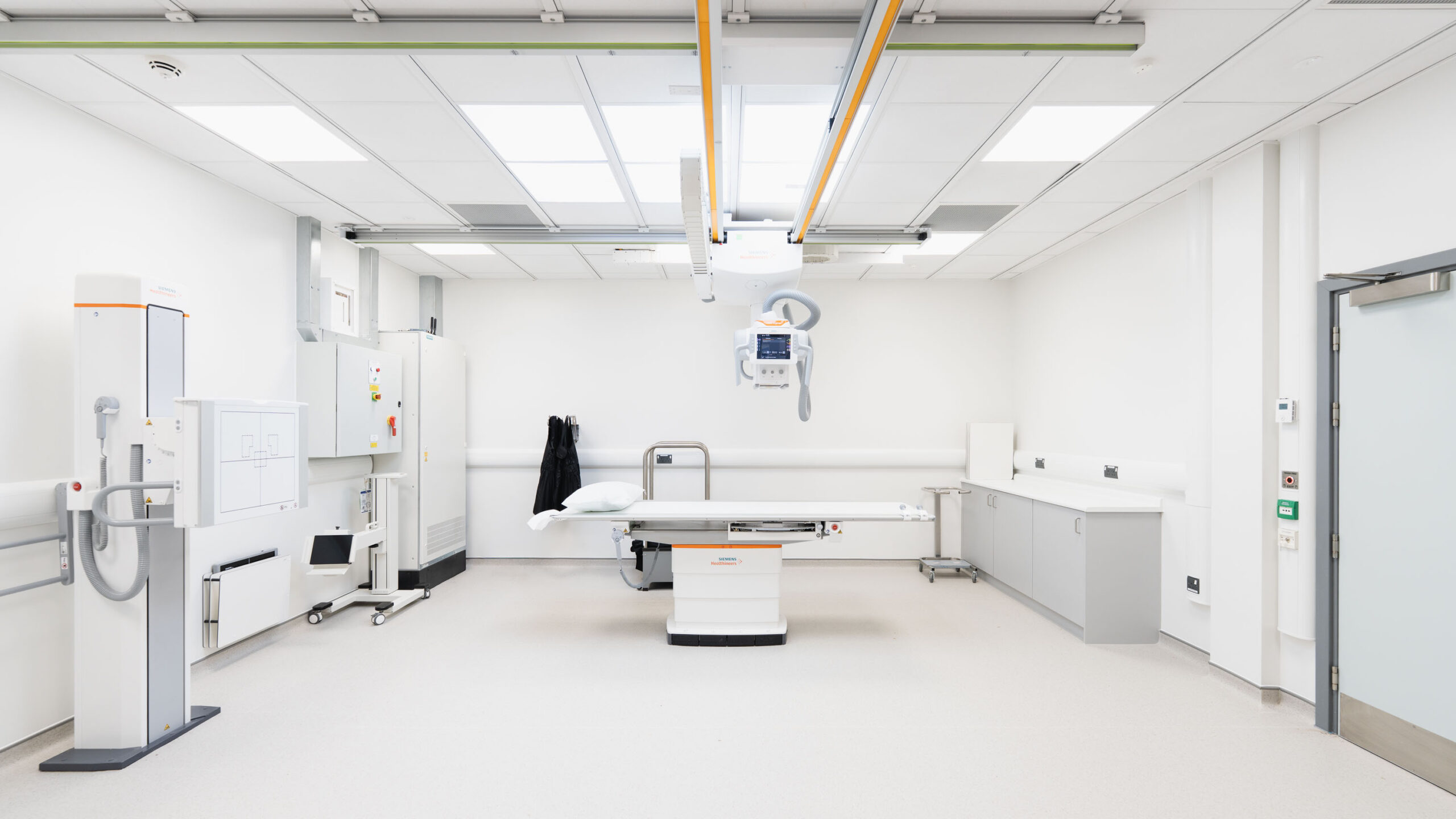
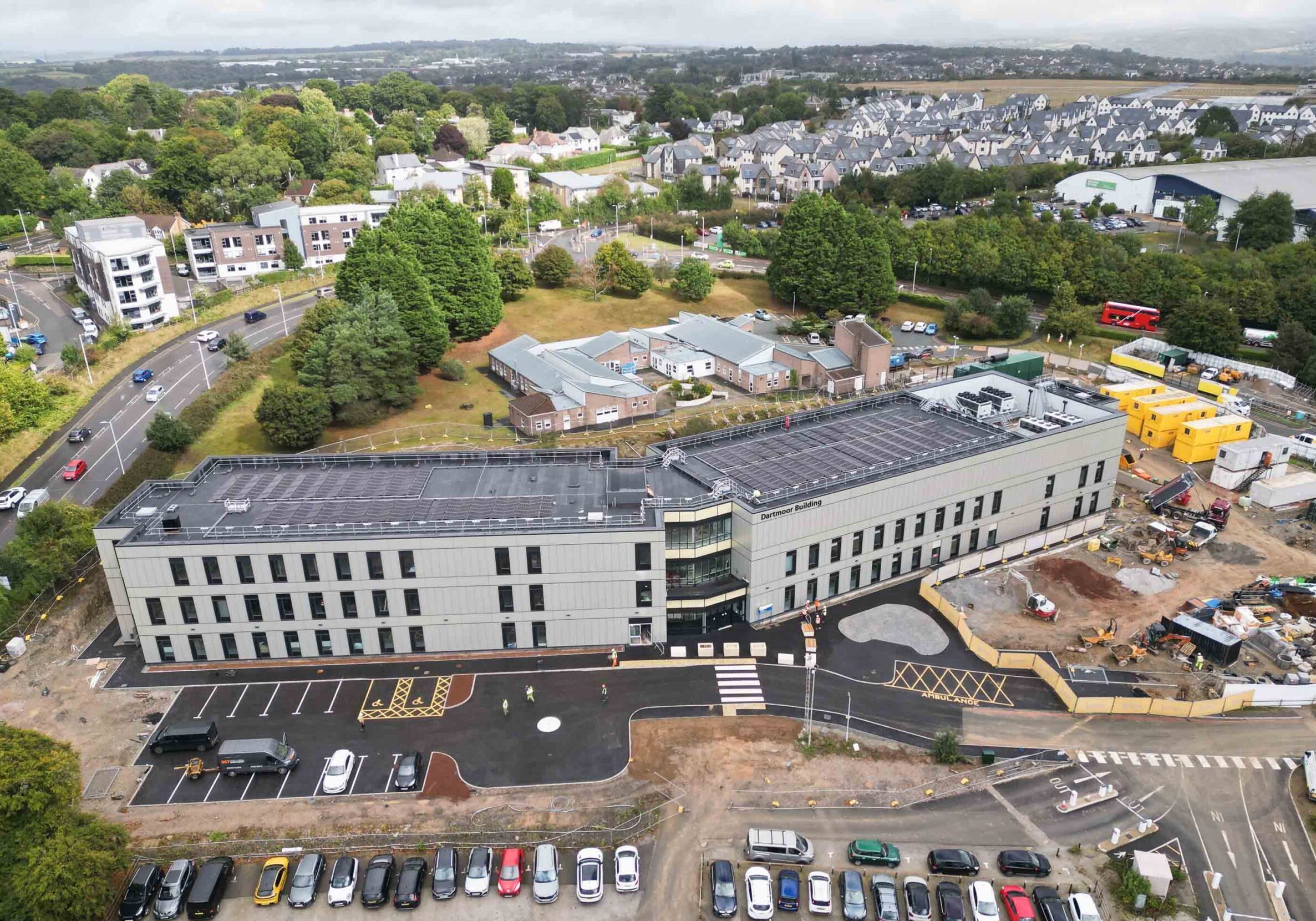
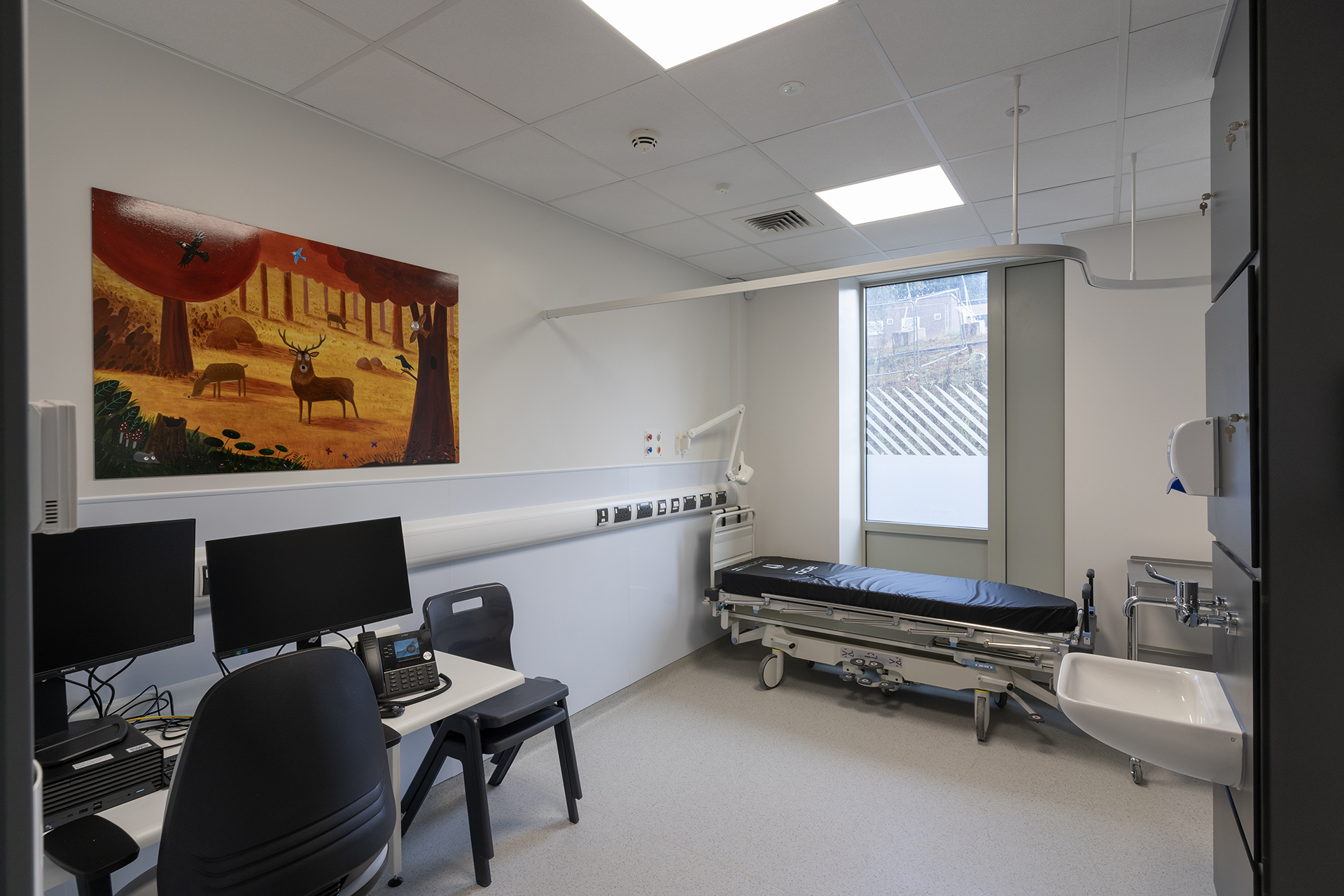
Dartmoor Building marks a major step in Derriford Hospital’s plan to improve both patient care and the day-to-day experience for staff and visitors.
For years, the hospital has faced pressures of overcrowding and long wait times, with emergency and elective care competing for limited space. The new building eases this burden by bringing the Urgent Treatment Centre, Fracture Clinic, Main Outpatients, and Pre-operative Assessment together in one facility, freeing up space elsewhere on site for a new Emergency Care Centre.
A deliberate shift in care
Relocating high-turnover, lower-acuity services out of the main hospital is critical to Derriford’s overall masterplan improvement.
For patients, it removes the congestion and confusion of navigating the hospital’s busy core. Wayfinding is simpler, corridors are less crowded, and appointments are more predictable in a calm, welcoming environment.
For the hospital itself, dedicated spaces help services run smoothly. Standardised designs allow clinical rooms to flex between specialisms and adapt to changing needs, giving Derriford the resilience to adopt new models of care and medical technology—without constant disruption or costly refits.
Investing in local skills and community
The project also reflects a commitment to the local economy. Originally considered for offsite modular construction, we instead chose a traditional build with local contractor Nevada Construction to support regional jobs and strengthen the local supply chain.
Close collaboration with the local planning authority also helped the project integrate with the wider masterplan, which includes our recently completed Bigbury Orthopaedic Surgical Suite and the future Emergency Care Centre.
As part of the Future Hospital Programme, Dartmoor Building supports NHS Hospitals Plymouth’s shift towards more connected, digitally-enabled care, with investment in diagnostics and facilities that can evolve alongside clinical needs.
Photography © Alex Sydenham 2025